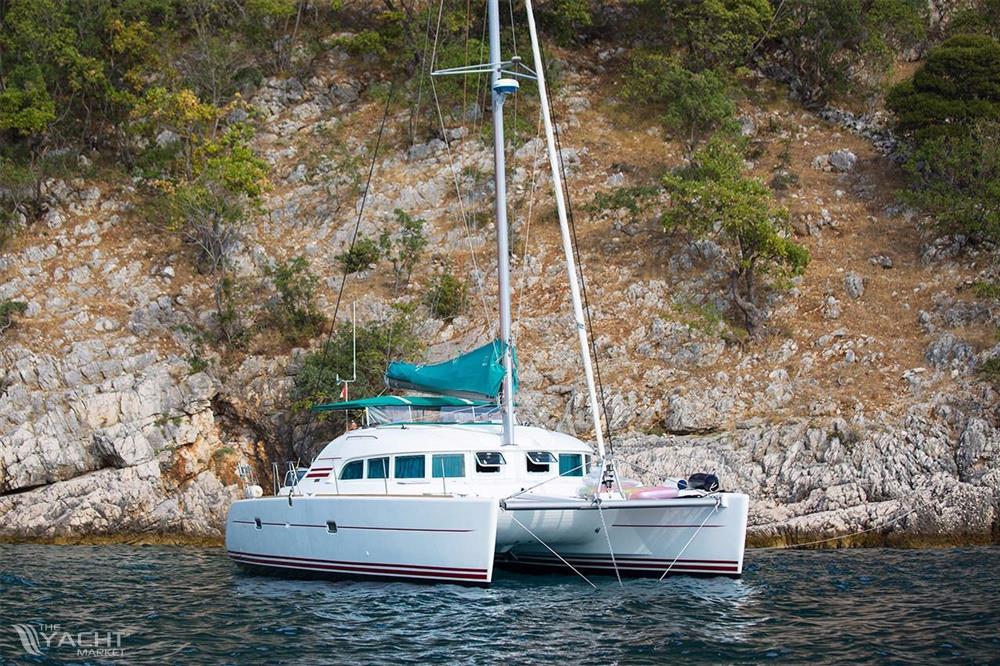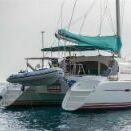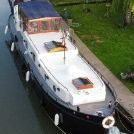-
Posts
47,014 -
Joined
-
Last visited
-
Days Won
130
Alan de Enfield's Achievements
-
This post cannot be displayed because it is in a forum which requires at least 10 posts to view.
-
This post cannot be displayed because it is in a forum which requires at least 10 posts to view.
-
This post cannot be displayed because it is in a forum which requires at least 10 posts to view.
















